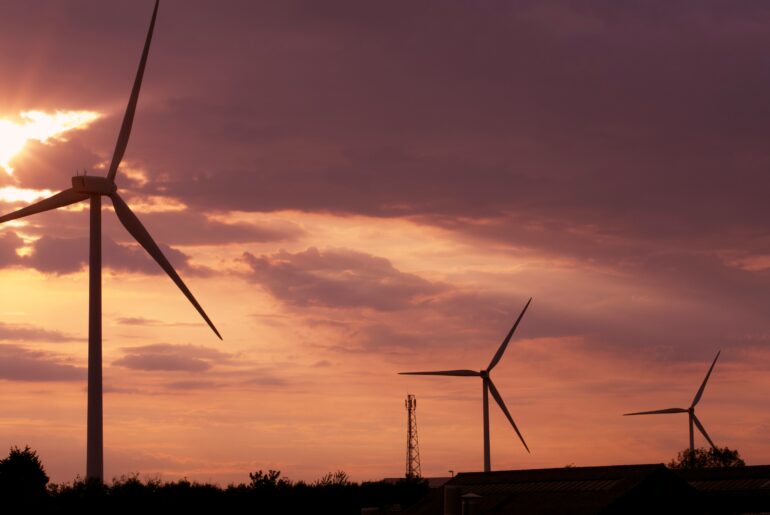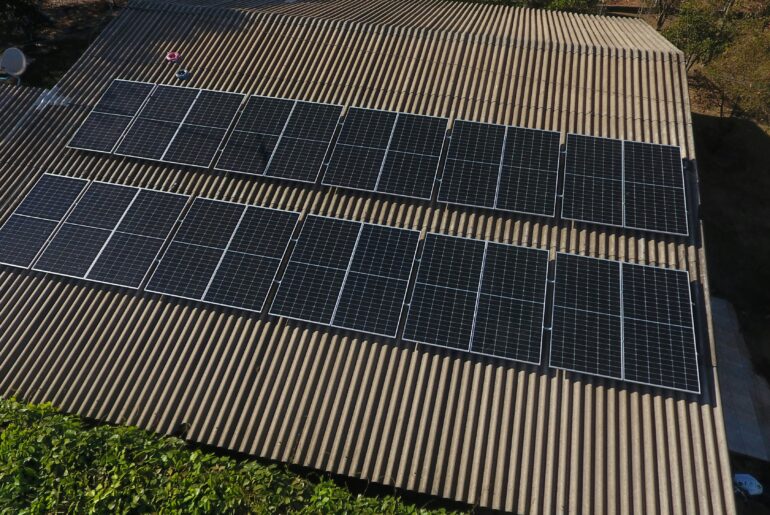In the Piney Woods of East Texas, Martinsville is a place where pickup trucks dominate the roads, and jobs in the oil field are common. The concern for diesel exhaust pollution is low on the priority list. However, Martinsville’s modest school district has made a pioneering move by becoming the first district in Texas to switch its entire fleet of diesel school buses to electric buses with zero emissions.
Last year, Martinsville ISD secured a $1.6 million grant from the U.S. Environmental Protection Agency’s Clean School Bus Program, which is part of the bipartisan infrastructure law passed in 2021. This program allocates $5 billion to transition school buses nationwide to zero-emission and low-emission models, focusing on supporting rural and low-income school districts.
“We are not who you would expect to be the first,” said Keith Kimbrough, the principal at Martinsville ISD, to the Texas Tribune. “We had a lot of people telling us it wasn’t going to work, but we decided we were going to go for it.”
Diesel exhaust, identified as a carcinogen, has been linked to not only health issues but also a decline in students’ academic performance, according to studies conducted by the EPA. The exhaust from bus tailpipes tends to contaminate the air within the buses themselves, and the practice of buses idling, particularly during times of boarding and disembarking, contributes to air pollution around school premises.
Yamilet Garcia, an eighth-grade student at Martinsville ISD, who uses the bus for her daily school commute also told the Tribune, “when we were waiting to get on the bus, it used to smell weird with the old buses. With these buses, it’s been a lot quieter and a lot nicer.”
Kimbrough discovered the federal grant program last year in his quest to buy a new school bus. Encountering initial doubt from the community about whether the grant would cover the district’s needs entirely, he convinced the school administration by demonstrating the potential financial benefits of transitioning to electric buses. Kimbrough estimated that the cost of powering the buses with electricity would be approximately 70% lower than using diesel fuel. Additionally, he expects to see further cost reductions in terms of maintenance.
The initial investment required for electric buses can be daunting for many school districts, with a single electric bus priced at $400,000—roughly three to four times the cost of a diesel bus. However, the EPA grant completely covered the expense for Martinsville ISD’s acquisition of four new electric buses and the necessary charging stations. With the buses running 60 miles a day, Kimbrough only needs to charge them overnight.
“What I can save in diesel and maintenance, I can almost hire a teacher, or an instructional aid, or give some other benefit to my teachers,” Kimbraugh said to the Texas Tribune. “The cost savings are going to let me better support my kids.”




